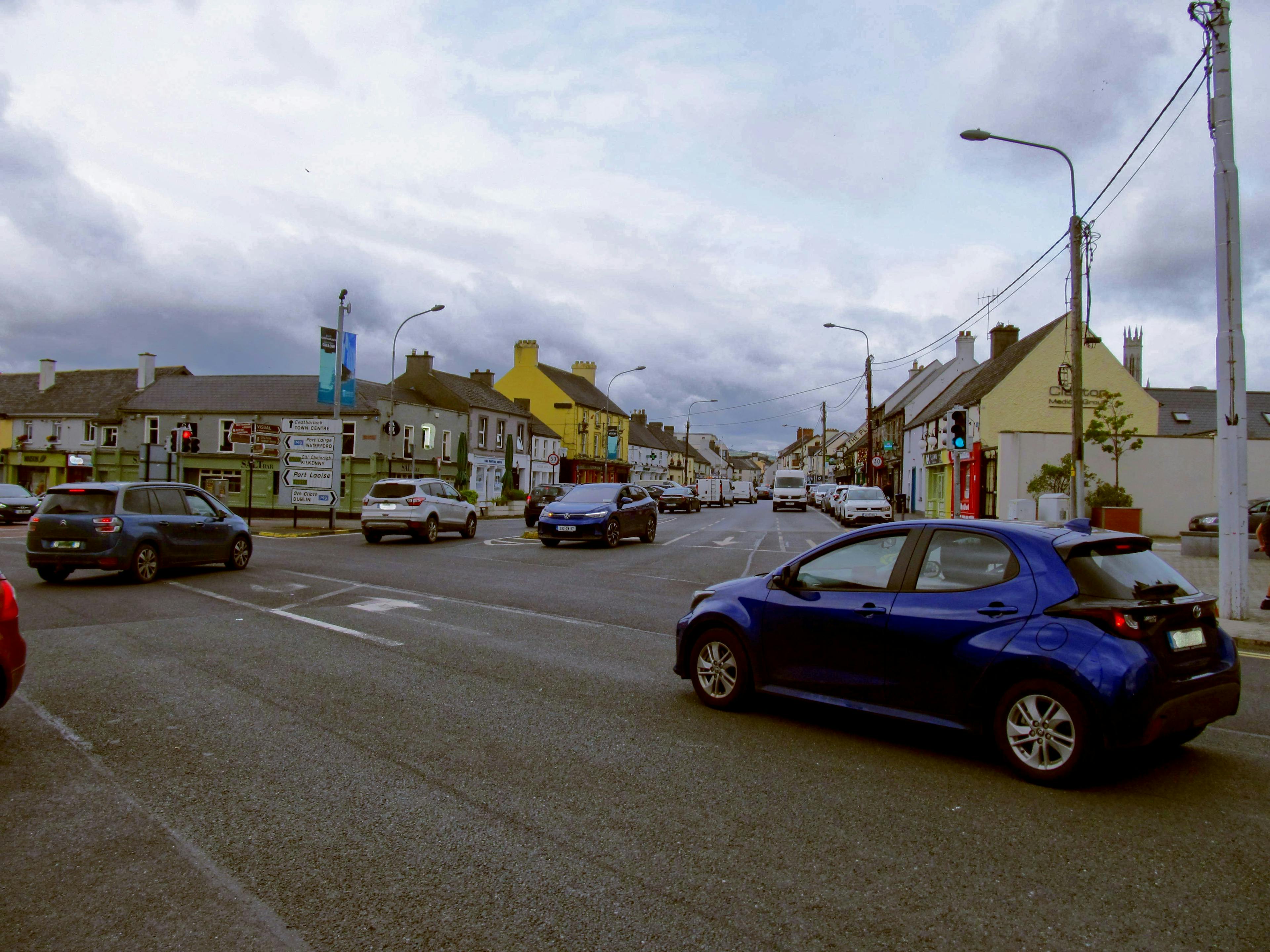
Company Car Tax in Ireland Explained for 2025

Summary
Company car tax in Ireland is a Benefit in Kind based on value, emissions, and mileage.
Getting a company car is a great perk, but in Ireland it’s a taxable Benefit in Kind (BIK) if the vehicle is available for private use (including your commute). That BIK value is added to your income for Income Tax, USC, and PRSI, so understanding the rules can save you serious money.
In this guide: what BIK is, how it’s calculated in 2025, CO₂ emissions bands, examples, reliefs, reporting, and smart ways to reduce the bill—plus where Irish Tax Hub can help.
What is BIK on a company car?
A Benefit in Kind is a non-cash benefit you can use personally. If your employer gives you a car and you can use it outside of business trips, Revenue treats that private use as taxable income. Your payroll adds a BIK amount to your taxable pay; tax, USC, and PRSI are deducted through PAYE.
How is company car BIK calculated in 2025?
Since 1 January 2023 (still applicable in 2025), Ireland uses a CO₂ emissions-based system. Three inputs matter:
- OMV (Original Market Value)
The car’s retail price when new (including VRT, VAT, delivery). Depreciation doesn’t reduce OMV for BIK. - Annual business kilometres
More genuine business mileage → lower BIK percentage. - CO₂ emissions band
Cars fall into five bands:
- Band A: 0–59 g/km
- Band B: 60–99 g/km
- Band C: 100–139 g/km
- Band D: 140–179 g/km
- Band E: 180 g/km and above
View the full list of rates here.
How the percentage works (overview):
- If you do 0–26,000 km business mileage, you’re at the highest percentage for your CO₂ band.
- 26,001–39,000 km brings the percentage down a step.
- 39,001–52,000 km brings it down again.
- 52,001 km+ is the lowest percentage for your band.
Lower CO₂ = lower starting percentage; higher business mileage = further reductions.
💡 Irish Tax Hub tip: Recording mileage properly matters. We help clients set up audit-proof mileage tracking so they qualify for the correct (often lower) BIK rate.
Worked example
- OMV: €40,000
- CO₂: 120 g/km (Band C)
- Business mileage: 30,000 km (mid tier)
Your Band C percentage at that mileage tier applies to the €40,000 OMV. If the resulting BIK is, say, €9,600 and you’re on the higher income tax rate overall, your annual tax cost (Income Tax + USC + PRSI) could be roughly 40% of €9,600 = €3,840. Exact results vary by your USC bands, credits, and PRSI status.
Need precision? Irish Tax Hub will calculate your exact BIK and check if payroll got it right.
Reductions, reliefs, and special cases
- Electric vehicles (EVs):
EVs benefit from BIK reliefs (subject to phased limits on the OMV portion eligible for relief). This can dramatically cut the taxable value compared with an equivalent petrol/diesel car. - Shared vehicles:
If a single car is genuinely shared between employees and private availability is limited, the BIK can be apportioned. - Strictly no private use:
Rare in practice—needs clear policy and evidence (e.g., keys held on site, vehicle left at workplace, GPS logs). If there’s no private availability, BIK may not apply. - Accessories and upgrades:
Items included in the car when new typically form part of OMV. Certain later additions can also impact BIK—get advice before costly upgrades.
💡 Irish Tax Hub tip: We’ll review your vehicle choice, CO₂ band, and usage pattern to legally minimise BIK - often saving clients hundreds to thousands per year.
Reporting company car BIK
Your employer normally:
- Calculates the annual BIK value based on OMV, CO₂ band, and your business mileage tier
- Adds that value to your gross pay for PAYE calculations
- Remits Income Tax, USC, and PRSI via payroll
Your job: keep accurate mileage records, review payslips, and check your Tax Credit Certificate. If the BIK looks off, you can reclaim overpayments.
Irish Tax Hub can: verify your BIK, correct payroll errors, and claim refunds from Revenue where due.
How to reduce company car BIK (legally)
- Pick a lower-emission car: Moving down a CO₂ band reduces the starting percentage
- Maximise genuine business mileage: Accurate logs move you into a lower percentage tier
- Consider an EV: Benefit from reliefs where available and lower running costs
- Compare a car allowance: Depending on your driving profile, a taxable allowance + mileage rates may beat a high-BIK car
Not sure which route is best? Irish Tax Hub runs the numbers on multiple scenarios so you (or your employer) can choose the most tax-efficient option
Common pitfalls we fix
- Wrong OMV used (missing delivery/VRT/VAT or using today’s value instead of original)
- Mileage not evidenced (defaulting to a higher percentage)
- CO₂ band misclassified
- EV relief not applied correctly
- No year-end review (overpaid tax left unclaimed)
We audit your figures, fix the calculation, and recover overpaid tax where possible.
Final word
Company car tax can quietly cost thousands every year if the BIK is miscalculated. The right mix of CO₂ band, business mileage evidence, and (where possible) EV reliefs can significantly reduce your bill.
Irish Tax Hub can:
- Calculate your exact BIK and check payroll accuracy
- Optimise your vehicle choice and usage strategy
- Apply the correct reliefs and reclaim overpayments
- Keep you fully compliant with Revenue
Have a company car? Talk to Irish Tax Hub today—keep the car, lose the unnecessary tax.
This blog post is for informational purposes only and does not constitute tax, financial, or legal advice. Tax laws and regulations are subject to change and may vary based on individual circumstances. Readers are strongly encouraged to consult with a qualified tax professional or financial advisor before making decisions based on the information provided. We make no guarantee regarding the accuracy, completeness, or applicability of this content to your particular tax situation.
Found this article helpful? Like and share it with others

